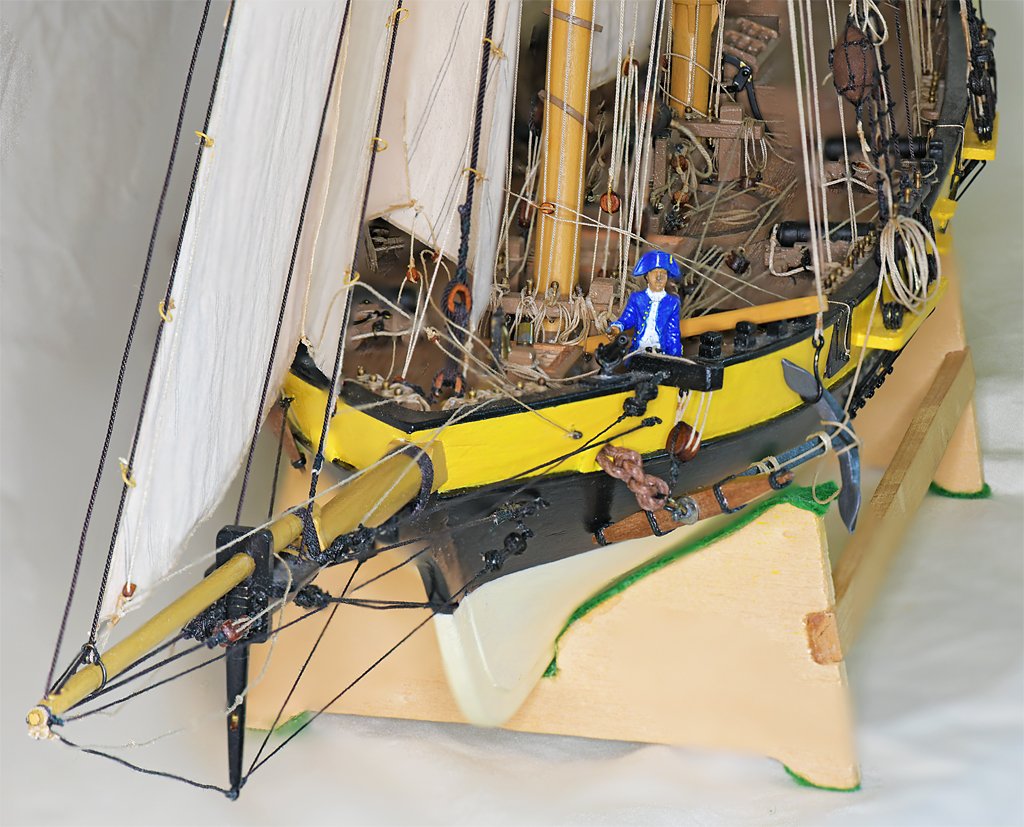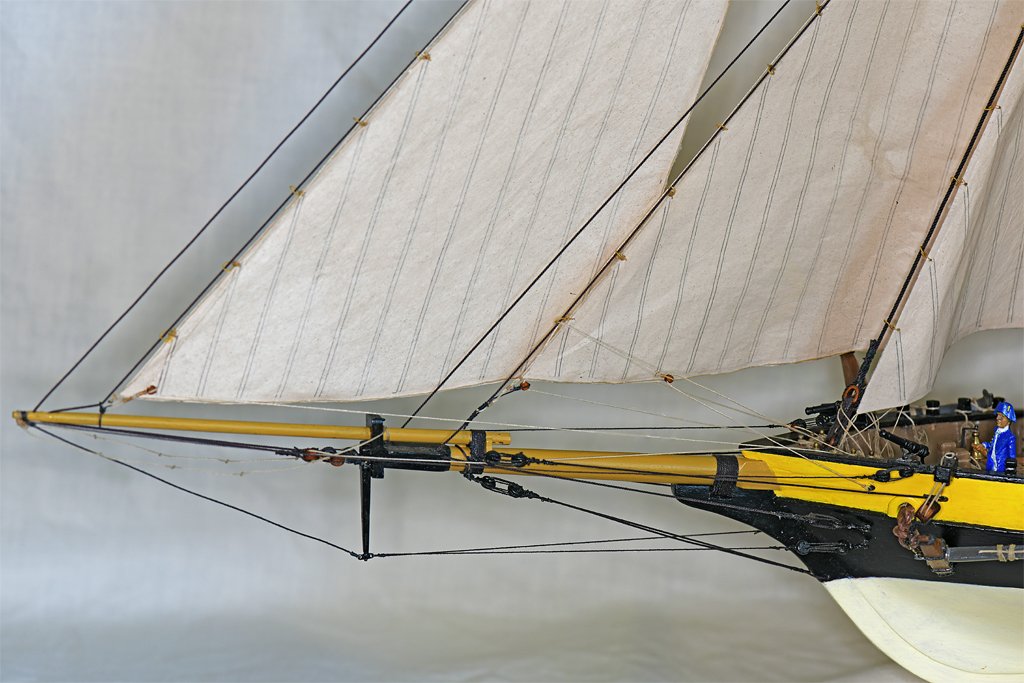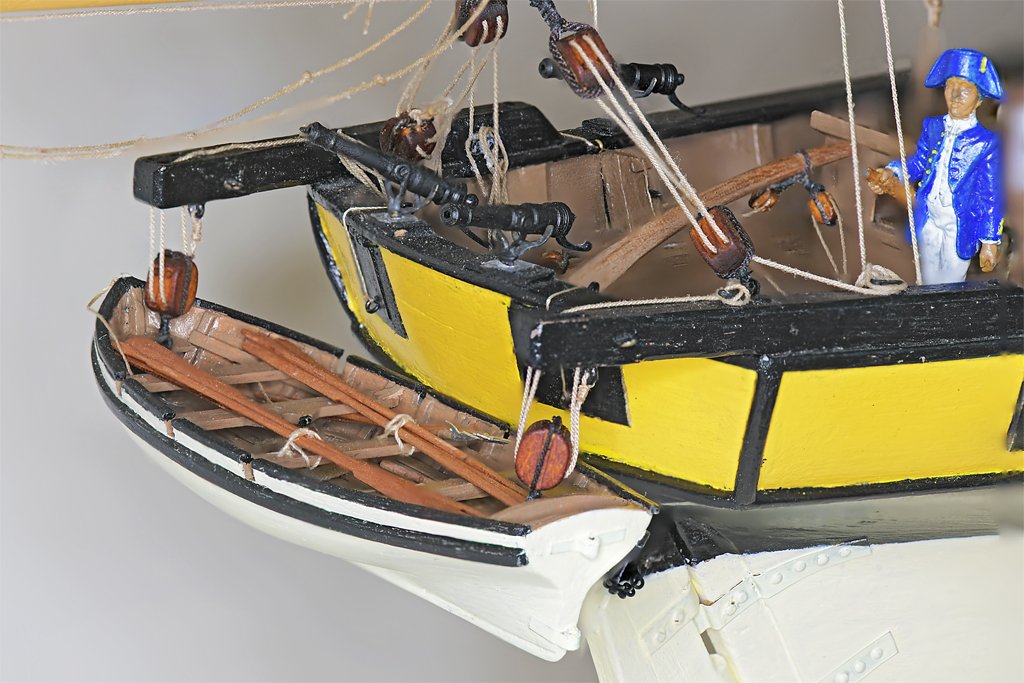-
Posts
2,461 -
Joined
-
Last visited
Content Type
Profiles
Forums
Gallery
Events
Everything posted by Dr PR
-
Bruce, Good luck. I just did a patent search for the winches on the MSI with no luck. The new "advanced" search page is totally screwed up, with a bunch of overlapping windows that hide the search text entry box. Ad the simple search page won't let you look for things with more than one word in the name - like company names! Patent searches have always been a tedious process because you really don't know what the title may be. But if you find anything be sure to look at the previous patents listed in the newer patent application. This can lead you to other related patents.
-
A good source of plans for winches is the US Patent Office. When I was making my CLG-5 CAD model I started searching through patents and found an amazing number of patents for things on the ship, including a couple of the winches. The patents have drawings that helped me figure out how to model the parts. If you know the manufacturer you can limit the search. Of course if you know the patent number - often molded into cast parts or on an attached label - you are home free. There are patents and drawings for things you would never expect. I found the patents for the Talos guided missile (101 pages) and missile launcher! The Tarter and Terrier missiles and launchers are also there. I would have thought these would be classified!
-
I am about ready to start planking the deck. But before starting that I have been making drawings of the deck fittings (deck furniture in the olden days) to determine what parts I need to have made from 0.005 inch (0.13 mm) brass with photo etching. Here are some examples. This is part of the blueprint for the stern roller chock. All of the minesweeping cables pass through the rollers or blocks attached to the "arms" of the top piece. This is just a small part of a large blueprint that gives the dimensions of all individual parts and a complete parts list. From this I made a CAD drawing of the assembly, and from it I can make 2D scale drawings of all the parts. I will make the pieces from 0.010 and 0.015 inch (0.25 mm and 0.4 mm) brass and solder them together. Some of the assemblies are more challenging. Here is a side drawing of the minesweeping winch (for towed sweeps to clear moored mines). I have top and end drawings as well. However, these drawings only give dimensions for the entire assembly, to be used for planning the mounting arrangement on the deck. No detailed and dimensioned drawings of individual parts are given, and there is no parts list. So I have to do a lot of measuring and calculating to guess the dimensions of all the parts not shown. I do have some photos, but they don't show many parts of the assembly. Here are pictures of how far I have gotten so far. The light brown parts are the wooden mounting base that sits on the deck. The red parts are work in progress for the metal base of the winch. The gray parts are finished. And the rollers on top are close to the natural colors of the reddish-brown polyester coating on the nonmagnetic metal rollers. This assembly sits forward of the stern roller chock and aft of the much larger winches and reels for the magtail (magnetic mine sweep cable) and the acoustic mine sweep cable (another very complex assembly!). The magnetic and acoustic sweep cables ride on the two large rollers at the top of the frame. The three large reels below are for the two long cables (left and right) to the pigs (floats) for the towed sweeps for cutting the cables of moored mines. The narrower center reel is for a shorter cable that tows a "kite" close behind the ship that pulls the moored sweep cables down deep just aft of the stern so the cables carrying the mine cable cutters will run under the mines to cut their mooring cables. All of these cables run through the stern roller chocks shown above. I do have separate detailed dimensioned drawings of the winch motor, and it is perhaps the most complex part of the assembly. But I have simplified it greatly, leaving off details of bolts and screws. On the model the motor will be about 0.73 inch (18.5 mm) long so the tiny details are too small to make. The whole winch assembly will be 1.7 inch (43 mm) high, 2.2 inch (56 mm) wide and 1.5 inch (37 mm) long. Most of the parts will be made of brass, but I may 3D print the gypsy heads (if I had a lathe I could turn them out of brass). It will be a nice little model in itself. There are about 30 separate deck fittings on the model, so I am just getting started!
- 482 replies
-
- minesweeper
- Cape
-
(and 1 more)
Tagged with:
-
I found these discussions about seniority and rank in the early U.S. navy very interesting. Today in the U.S. Navy (well, at least in the 1970s) seniority within a rank was determined by the date of an officer's commissioning. And that leads to a sea story. The USS Oklahoma City CLG-5 (my ship) was operating in the Gulf of Tonkin at Yankee Station off North Vietnam where the aircraft carriers hung out. The OK City was 7th Fleet flagship, and the current COMSEVENTH Admiral was an airdale (aviator) and liked to hang out with his flyboy buddies. So we sometimes drove the admiral over to the carriers and hung around while he visited. One morning I went up on deck for Officer's Call at 0800. As I poked my head up through the scuttle I was looking at the bow of an aircraft carrier bearing down on us on our starboard side! Constant bearing and decreasing range - collision course. That is NOT a place any OOD would put his ship! Any vessel crossing on your starboard bow has the right of way (Rules of the Road). I remembered that we lost a destroyer just a couple years earlier because the OOD turned the wrong way and crossed the carrier's bow. The front of the destroyer forward of the bridge was sliced off and immediately sank, taking all hands (Officer's Quarters) in the bow with it. The stern was saved but was towed to Portland, Oregon, and scrapped. I remember seeing it there in the scrapping yard a few years later. The carrier would have sliced the Okie Boat in half like a knife through butter. Afterward I asked the fellow on watch as OOD what happened. Our Captain was greatly impressed with his personal importance (sound familiar?). However, his command of the 7th Fleet flagship was only the second time he had been at sea. Most of his career had been the command of an LMD (Large Mahogany Desk) in Washington, DC. He never drove the ship, and I'm not sure he really knew the pointed end from the blunt end (bow and stern). Even the senior officers in the crew were unimpressed. When the carrier came along crossing our bow the OOD wanted to turn astern and allow the carrier to pass ahead, which is the normal thing to do. But the Captain stopped him, and told the Quartermaster on watch to get the Seniority List for Captains in the U.S. Navy. All this time the carrier was approaching on a collision course. The Captain told the Quartermaster to determine the carrier Captain's date of rank. Old LMD had the earliest date of rank, so he ordered the signalmen to send a message telling the carrier to give way because he was the senior officer! The carrier did make a turn to pass behind us and passed dangerously close! We could have all been killed because of that megalomaniac's conceit!
-
I am always leery of small parts cut out of thin wood sheets. All woods have a grain, and break easily along the grain. The smaller the part the more likely it will break when handling. Well, maybe European boxwood is an exception, but I have no experience with it. Castello/Costello boxwood is really nice for carving but I haven't pressed my luck with thin pieces. I always use thin "aircraft" plywood for pieces like these hearts. The alternating grain on each layer makes it MUCH stronger and less prone to breaking. I guess you got 3D printed resin parts from Syren by the look of the picture. My experience with 3D printed resin parts is that they are very brittle and break easily. But Chuck has done a lot of research and maybe he is using a better resin than I have used. I have used Syren's older wooden "kits" and they are excellent! They are made up of three thin layers of Castello boxwood. After gluing them together they are very strong, like plywood. And they have the nice groove around the edge for the rope to fit into. If Chuck is still making these wooden kits the next time I need hearts I will buy them instead of the resin parts.
- 436 replies
-
- Syren
- Model Shipways
-
(and 1 more)
Tagged with:
-
I bought some 1/64 x 5/32 boxwood made by Mt Albert Scale Lumber in Canada. They have a good selection of small "lumber." 0.0156" x 0.03125" (1/64 x 1/32), 0.03125" x 0.03125" (1/32 x 1/32), etc. I bought about 175 pieces of 1/64" x 5/32" basswood and the dimensions were very consistent in all pieces. They threw in a few extra pieces too. I actually purchased it from Fast Tracks Hobbyworks, Inc. https://handlaidtrack.com/shop/?v=0b3b97fa6688&wpf_filter_cat_list_1=2902
-
I use a quilting iron - made for ironing narrow "tabbing" around the edges of quilting pieces. It works great for taking the wrinkles out of silkspan - they recommend the lowest heat setting for the silkspan. The quilting iron is also excellent for bending wooden planking. https://modelshipworld.com/topic/19611-albatros-by-dr-pr-finished-mantua-scale-148-revenue-cutter-kitbash-about-1815/?do=findComment&comment=1039363 https://modelshipworld.com/topic/37060-uss-cape-msi-2-by-dr-pr-148-inshore-minesweeper/?do=findComment&comment=1075263
-

Pretty cool tool: drilling positioner
Dr PR replied to CPDDET's topic in Modeling tools and Workshop Equipment
I would find it more useful if it went down to 0.5 mm (0.020") and 0.25 mm (0.010"). -

Gold solder for brass
Dr PR replied to Richard Braithwaite's topic in Metal Work, Soldering and Metal Fittings
That is an interesting assembly! Looks like the main body could be one large piece wrapped around at the front, with top and bottom pieces added. Then you would just need to add the "fins" and "C" pieces on the sides. If you are worried about the solder stain around joints you could just flow solder over all of the surfaces. Then everything would be "stained." That would give the model an impressive golden ram. But it would use a lot more expensive solder. -

convert 2D Autocad to STL for 3D printing
Dr PR replied to Johnny Mike's topic in 3D-Printing and Laser-Cutting.
JM, 2D files are usually just lines and maybe planes. These are zero thickness objects and cannot be converted to STL (or any other 3D file). You will have to redraw the objects, creating 3D solids. If you do create 3D solids DWG files (with no 2D objects like lines and planes) they can be converted to STL or OBJ files that can be printed. 2D and 3D drawing have almost nothing in common. 2D drawings are made on a virtual flat surface, like sketching on paper. 3D modeling happens in a virtual 3D universe NOTHING like the 2D plane. You have to build 3D objects like you would create real things out of wood, metal or clay. It is an entirely different working environment! -

Gold solder for brass
Dr PR replied to Richard Braithwaite's topic in Metal Work, Soldering and Metal Fittings
tmj is right about the solder stain on brass. Solder dissolves into the brass, so no amount of polishing can eliminate the solder color. I was curious how the people who make brass model train engines and cars manage to solder everything together without any visible solder stain. They use resistance soldering mostly for anything that will be visible after the model is finished. Very small (1 mm x 1 mm or smaller) bits of solder foil are sandwiched between the parts and the electrodes are connected/placed on the two parts. A quick zap of current through the pieces melts the solder and it flows into the joint but no where else. Maybe a tiny solder fillet is visible at the junction with a magnifier but otherwise no solder is visible. You can make your own solder foil by hammering ordinary round solder flat. It takes a lot of planning to make the brass parts fit tightly before soldering, but the results are beautiful. I have done something similar with an ordinary soldering iron where one side of the joint will be hidden inside the model. I just lightly tin each side of the joint to be soldered and then put the two pieces together and heat them until the solder melts. Sometimes I just clamp the two pieces together and brush some liquid citric acid based flux into the joint (I prefer this flux because it smells like oranges). Then I place some small diameter solder against the inside or hidden side of the joint and heat it with a soldering iron. The solder flows into the joint where the flux is but no further, with none visible on the outside or visible joint seam. But this can leave some solder stain on the inside where the soldering iron touched the brass. -
This is a very pretty model and nicely built. I am enjoying your build and waiting to see how you make the masts and rigging.
- 52 replies
-
- Grecian
- Vanguard Models
-
(and 1 more)
Tagged with:
-
I seem to recall reading somewhere that the copper plating fit between the keel and the wormshoe (false keel). The wormshoe was a sacrificial piece to protect the keel and was replaced when necessary. It looks like the bottom of the keel was coppered first, then the wormshoe was stapled to the keel. Then the copper plating was placed on the keel. I can't tell from the photos, but perhaps the angled strip along the joint between the keel and garboard strake is there, but under the plates on the keel and those on the garboard strake?
- 5 replies
-
- copper plates
- Braak
-
(and 1 more)
Tagged with:
-
Mark, The 1/8 x 1/8 inch strips are boxwood. This could be anything since it is hidden inside the deckhouse. The deckhouse sides and decks are SIG 1/16 inch plywood - I don't know what type of wood. The deck planks are 1/16 x 1/16 inch strips. That is to scale, but is pretty small. Nibbing will be pretty tricky. The grout was 1/4 inch (6 mm) on the ship. That comes out to about 0.005 inch at 1:48 scale. I think thin black paper would make a nice clean grout, but that means working with a LOT of thin paper strips! I did this on the schooner build. I have experimented with pencil on the sides of the strips, but it is inconsistent and pretty lame looking. Of course I could use some of the original calking goo we used on the Cape - I saved some in a bottle for use on models, and I even planked a model ship deck with it back in the 1970s! But it is extremely messy. No thanks, once is enough!
- 482 replies
-
- minesweeper
- Cape
-
(and 1 more)
Tagged with:
-
I have some progress to report. I have installed the planksheers and nibbing strakes, and framing for the deckhouse. The planksheer forms the outboard edges of the decking. It is wide up forward where the bulwark frames attach to the planksheer. Aft of the bulwark the planksheer is narrower. Inboard of the planksheer is a separate nibbing strake that the deck planking is nibbed into. This strake is the same width fore and aft. The deckhouse framing is 1/8 x 1/8 inch (3.2 x 3.2 mm) basswood strips glued to the plywood subdeck. My plan is to lay the 1/16 inch (1.6 mm) deck planks against the frame. Then the 1/16 inch (1.6 mm) thick deckhouse side bulkheads will be glued to the frame and deck planks. The final touch will be a 1/32 x 3/32 inch (0.8 x 2.4 mm) trim piece around the base of the deck house sides. This arrangement is convenient because I will not have to be too careful in cutting and shaping the ends of the deck planks or the base of the bulkheads. The trim piece will hide any small irregularities. Actually this trim piece should be almost triangular, with the apex at the top against the deckhouse sides. On the real ship the deck house sides rested on a trapezoidal base piece that rested on the deck planks (they extended into the interior of the deck house). If I can figure out a consistent way to reshape the trim pieces so the top is narrower, almost coming to a point, I will try to do this to mimic the original look. I have extra trim strips to experiment with. Murphy has already had a hand in this build (somehow this seems appropriate for the Cape). I made a 2D CAD drawing of the deck and deckhouse, and printed a paper template of the deck house and a frame scale. I used the frame scale to mark the centerline and frame positions on the sub deck and then positioned the deckhouse paper template so I could draw the outlines on the deck. But after I had done this I realized that the deckhouse was almost 1/4 inch (5 mm) too long! I checked all the CAD drawing dimensions against the blueprints, and they were OK. So I printed another template and it was too long! This was getting annoying, so I started looking at everything to find the problem. It was the printer driver! In the past the print scale has been saved with the drawing file - in this case it should be 1:1. But somewhere along the line (I recently installed a new driver for the Brother printer) this got set to "fit to page" in the driver, and the space between print margins on a 8 1/2 x 11 inch sheet is about 1/4 inch wider than the actual length of the deck house. And to complicate things more I had made a mistake in the spacing between two frames on the printed frame scale, and this compounded the error! If you look closely at the photos you can see multiple lines drawn on the subdeck. With the correct frame scale drawn on the deck, and the correct scale deckhouse template everything seems to be working out correctly now. There is an interesting problem where the wide and narrow plankshear pieces are scarfed together midships. The forward planksheer is the same width as the after planksheer and nibbing strake, as shown in this picture. The forward nibbing strake overlaps the after nibbing strake. The blueprints show the deck planks nibbed into the two nibbing strakes here, and even possibly into the aft end of the forward planksheer. This isn't shown clearly, and the drawing notes say nothing about this. The deck planks are parallel to the center line (the blueprint notes are clear about this) and not curved along the deck edge, So there will be some long nibs here, in a pretty complex pattern. Right now I don't know how this will turn out!
- 482 replies
-
- minesweeper
- Cape
-
(and 1 more)
Tagged with:
-
Paul, It is hard to say how close the deck color in the photos is to reality. These were old color slides and there was some slight greenish color shift. That was corrected in the edited version I posted. It had rained (or heavy fog) the day I took the photos so the deck was damp, and that can cause the wood to appear a darker color. But it is clear that the decks had not been scrubbed or holystoned and bleached in a LONG time - if ever. It was a working ship and a lot of dirt and tree bark must have been ground in to the wood over the years. Scrubbing the decks to satisfy some admiral probably was never done! Also, I don't know if the museum had applied any type of coating to preserve the wood. On the other hand, since we will never know what the actual color was, using the color in the photos is a step better than a wild guess!
-
If the fiber optic isn't bright enough you could buy some small surface mount LEDs. Glue them on a thin wood strip (paper or any non-conductor) end to end, cathode to anode. Then add a drop of solder at the ends to connect them. Do it quickly and the wood/paper won't scorch too much. LEDs have a certain voltage drop each at the design operating current. Just divide your power supply voltage by the LED voltage drop to get how many LEDs you should put in series in a single circuit. Add a current limiting resistor somewhere it the circuit between the LED strip and the power supply. You can experiment to control the brightness (and the amount of heat generated) by varying the series resistor. At larger scales you can glue a thin white translucent plastic strip over the LEDs to diffuse the light and complete the "fluorescent" lighting fixture.
-
Without sails the jackstaff is most appropriate.
- 436 replies
-
- Syren
- Model Shipways
-
(and 1 more)
Tagged with:
-
I have been following this build for some time and you have done a beautiful job! I really enjoy working with wood and metal, and look with appreciation for what you have accomplished. I have rigged a few sailing ship models before, but my latest build (topsail schooner) is the only one where I added all the sails and associated rigging. That required a major change in my thinking about the model. Working with ropes and seizing is very different from carving and sanding wood! Figuring out what ropes were used and where they were belayed was a real challenge. I suppose the Syren instructions tell you this. This brings up a question about a minor detail. Are you planning to add sails? If so, will they be furled as if in port, or hoisted as if at sea? You have the gun ports open and the guns run out as if the vessel was ready for combat. That suggests the ship is at sea. The minor detail is the jackstaff. Modern practice is to raise the jackstaff in port, and lower it at sea. And I have noticed from paintings and plans for 17th through 19th century ships that the jackstaff is shown on ships in port. Those at sea usually don't show the jackstaff - it would interfere with the foresails. When plans are detailed enough they show the jackstaff mounted with clamps or brackets on the aft side of the bowsprit head. So it would be a simple matter to install the jackstaff when in port and anchored or moored to a buoy or pier. Likewise it could be removed quickly when getting underway.
- 436 replies
-
- Syren
- Model Shipways
-
(and 1 more)
Tagged with:
-
Thanks to everyone. I hope this log will be helpful for many. I certainly have learned from others on the Forum! Jsk, I don't think of my errors as misfortune - I learned important lessons from them all. And that was the point of this build. When I restarted it I knew everything wouldn't be perfect, and I got out of it what I wanted. I enjoyed it and learned a lot. But I still think of it as Murphy's Folly.
-
I started the model about 40 years ago - in the mid 1980s. Life, marriage, a house and other events intervened and the hull sat on a bookshelf until November 2018 when I got tired of looking at it and started work again. In the '80s we didn't have the Internet and I didn't know of a source of books or other information about schooners, so I was winging it. Back then I thought I would build the kit as a modern schooner. Over the years I learned a LOT more about schooners and decided to kitbash the kit into a hypothetical 90-100 ton revenue cutter of about 1815 - a vessel that probably never existed. I made a lot of mistakes while learning how to model a topsail schooner. 1. Stern, The biggest mistake is in the stern. Instead of a "square tuck" as would have been used in the early 1800s I constructed the stern in the "V transom" style of the late 1800s. 2. Rabbets. There are none. The hull planks terminate with blunt ends aong where the rabbets should be. In the 1980s I knew nothing of rabbets, and the kit instructions said nothing about them. 3. Cannons. I used the cannons that came with the kit. They were pretty ridiculous, and were bored much too large. But I wasn't planning on purchasing any new parts because this was just a "learning build" to come back up to speed on wooden ship modelling after a long hiatus. I should have tossed the kit parts and bought some more realistic cannons. 4. Gun Carriage Tackle. I positioned the eye bolts on the gun carriages too far forward - like many illustrations show them. This caused problems when trying to rig the gun tackle for guns run out in the battery position. I had to rig the guns in the stowed position in order to fit the tackle between the eye bolts on the carriages and the eye bolts in the buklwarks. 5. Gun Port Lids. The kit cannons and carriages were much too large for the gun ports. The guns would only point down when run out. I made new lower profile carriages so the guns would run out straight, but this left no material above the gun ports for the port lid hinges to fasten to. So I built the hinges into the edges of the bulwark top rails. I should have used two-part lids, with the bottom part hinged and swinging down and the top part "portable" (removeable). 6. Deck House. I used the plans for smaller revenue cutters from the late 1700s and early 1800s to design the deck house. But I made it too wide. It should have been about 4 feet narrower, or 1 inch (25 mm) at the 1:48 scale of the build. 7. Pivot Gun. The pivot gun table is too close to the fife rail at the base of the main mast. I had to place the rope coils for the belayed lines behind the fife rail, between the rail and the mast. In front of the rail would have allowed easier access to the lines. 8. Pin Rails. I should have installed the pin rails on the bulwarks before installing the channels. It would have been good to attach the pin rails with pins or nails from the outer side of the bulwarks to hold the pin rails in place. But I installed the channels first and they prevented using pins to attach the pin rails. So the pin rails are held in place only with glue. Fortunately the belayed lines attached to the pins did not create enough strain to break the glue joints. 9. Rudder. I really screwed up by placing the gudgeons on the rudder and the pintles on the stern post! I later repaired this. 10. Parrels. The holes for the lines for the parrels on the boom jaws should have been drilled into the ends of the jaws, with the knots in the ends of the lines on the sides of the jaws. But the jaws were very thin and I was afraid the wood would break. So I drilled the holes top to bottom with the knots on the bottom side. This puts the knots between the boom jaws and the boom support on the main mast. 11. Gaffs and sails. The gaffs should be a bit longer (or the heads of the gaff sails should be a bit shorter). The sails should have been cut a bit around the gaff jaws. 12. Ratlines. I waited until all the other rigging was finished before installing the ratlines so there would be better access to the fife rails and pin rails when belaying the lines. But this created a very crowded area around the fore top that made adding the upper ratline difficult. At least the upper 1/4 of the fore mast rat lines should have been installed before the other rigging. 13. Plastic Hooks. I used some nice looking commercial plastic hooks in the rigging. A great many of these broke and had to be replaced with home-made metal hooks. 14 Polyester Rope. I used polyester rope in the rigging. It looks very nice but it caused several problems. 14a.The ends became unraveled after cutting, so I had to put glue (Duco Cement) on the ends after each cut. However, I probably would do this with almost any rope just to stiffen the ends so they could be pushed through small holes in blocks without unravelling. 14b. I seized eyes and loops with fine nylon thread that was soaked with dilute white glue. But the glue does not adhere to the polyester, allowing the ends of the eyes and loops to pull back through the seizing causing the termination to fail. About the only glue that would hold to the polyester was CA (cyanoacrylate) or "supe glue." 14c. Polyester rope is springy and often pulled back out of knots and seizing before I could pull the knots tight. I sometimes had to repeat knots several times before I managed to catch the ends before they pulled loose. This was very frustrating! For the ratlines I gave up and used cotton thread.
-
The schooner has a flag! This means this build is finished!! At least for the vessel. I still need to make a better support stand. The US used a fifteen star and fifteen stripe flag from 1795 to 1818. This is the original "Star Spangled Banner" from the War of 1812. I guess I had forgotten that the flag ever had more than 13 stripes - if I ever learned it. But I have a 15 stripe flag I received from the Buffalo New York, Buffalo and Erie County Naval and Military Park to commemorate the War of 1812 - guess I never counted the stripes! As more states were added the flag returned to 13 stripes for the original colonies and more stars were added to the blue field for additional states. I printed the flag on ordinary 24 pound printer paper, with the two sides on one side of the paper. It was folded over and glued together with white glue, with a strand of 0.008 inch (0.2 mm) rope captured in the fold. I made eyes in the rope at top and bottom, and tied the flag halliard to these eyes. The flag was folded over conical files to produce the curves in the flag. It didn't fare too well wit the folding and some of the printed ink flaked off. I had to do some touch up with colored markers. Here are some photos of the finished model. Port bow and midships views. Quarterdeck view and the ship's 16 foot cutter. Bow and stern views. Fore top and fore topsail, and the main top and main gaff. Topsails and a close-up of the main gaff yard topsail yard. Americans raised this yard almost vertical as shown, but the Europeans hoisted it nearly horizontal, with a trapezoidal sail that was almost square. Port anchor being fished and the starboard anchor in the stowed position on the rail. Pivot gun and the bowsprit and jib boom. For now the build is finished. Someday I will get around to making a better stand for the model, and I will post more photos when that is done. But now I will be working on the MSI model.
About us
Modelshipworld - Advancing Ship Modeling through Research
SSL Secured
Your security is important for us so this Website is SSL-Secured
NRG Mailing Address
Nautical Research Guild
237 South Lincoln Street
Westmont IL, 60559-1917
Model Ship World ® and the MSW logo are Registered Trademarks, and belong to the Nautical Research Guild (United States Patent and Trademark Office: No. 6,929,264 & No. 6,929,274, registered Dec. 20, 2022)
Helpful Links
About the NRG
If you enjoy building ship models that are historically accurate as well as beautiful, then The Nautical Research Guild (NRG) is just right for you.
The Guild is a non-profit educational organization whose mission is to “Advance Ship Modeling Through Research”. We provide support to our members in their efforts to raise the quality of their model ships.
The Nautical Research Guild has published our world-renowned quarterly magazine, The Nautical Research Journal, since 1955. The pages of the Journal are full of articles by accomplished ship modelers who show you how they create those exquisite details on their models, and by maritime historians who show you the correct details to build. The Journal is available in both print and digital editions. Go to the NRG web site (www.thenrg.org) to download a complimentary digital copy of the Journal. The NRG also publishes plan sets, books and compilations of back issues of the Journal and the former Ships in Scale and Model Ship Builder magazines.






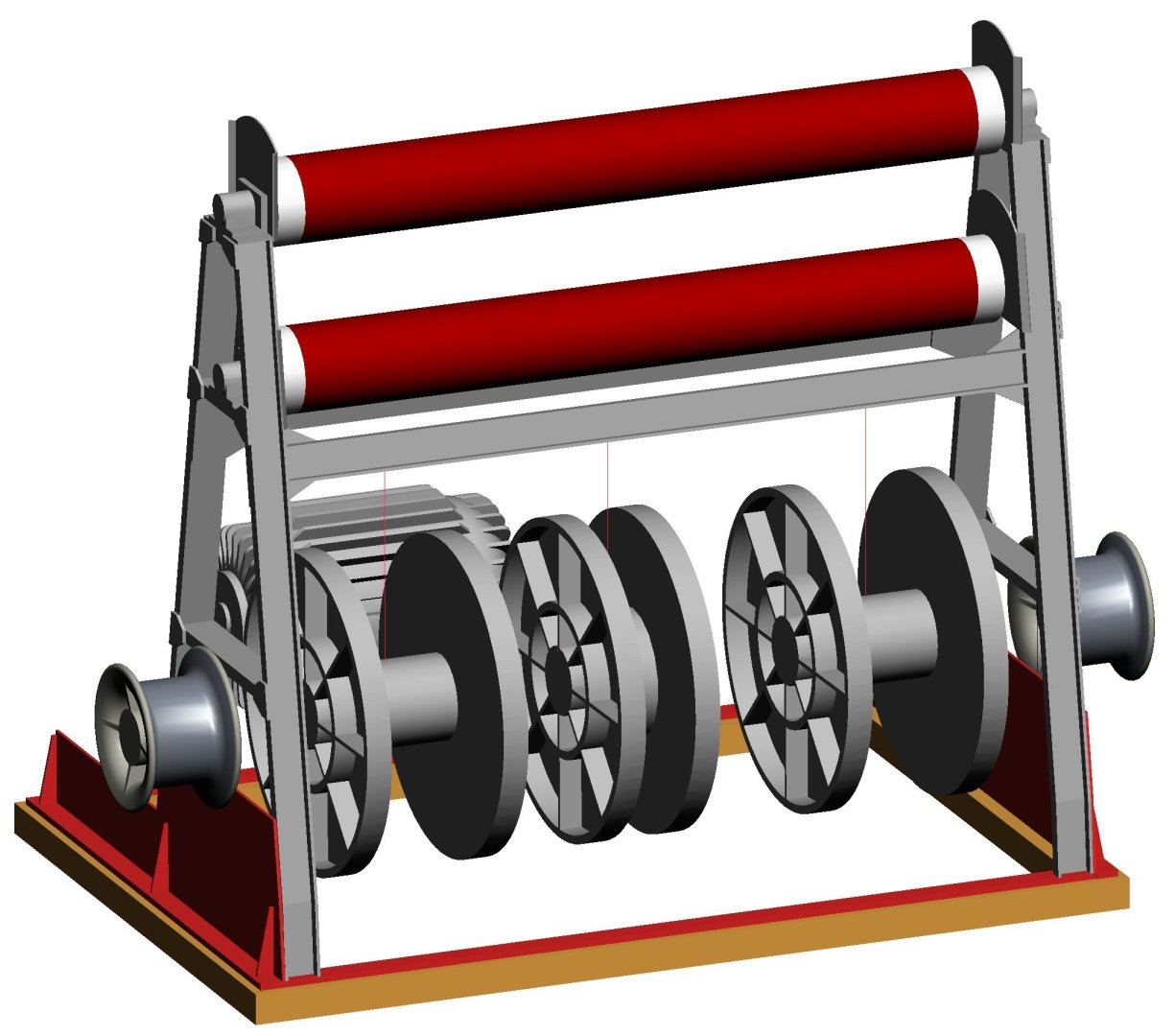
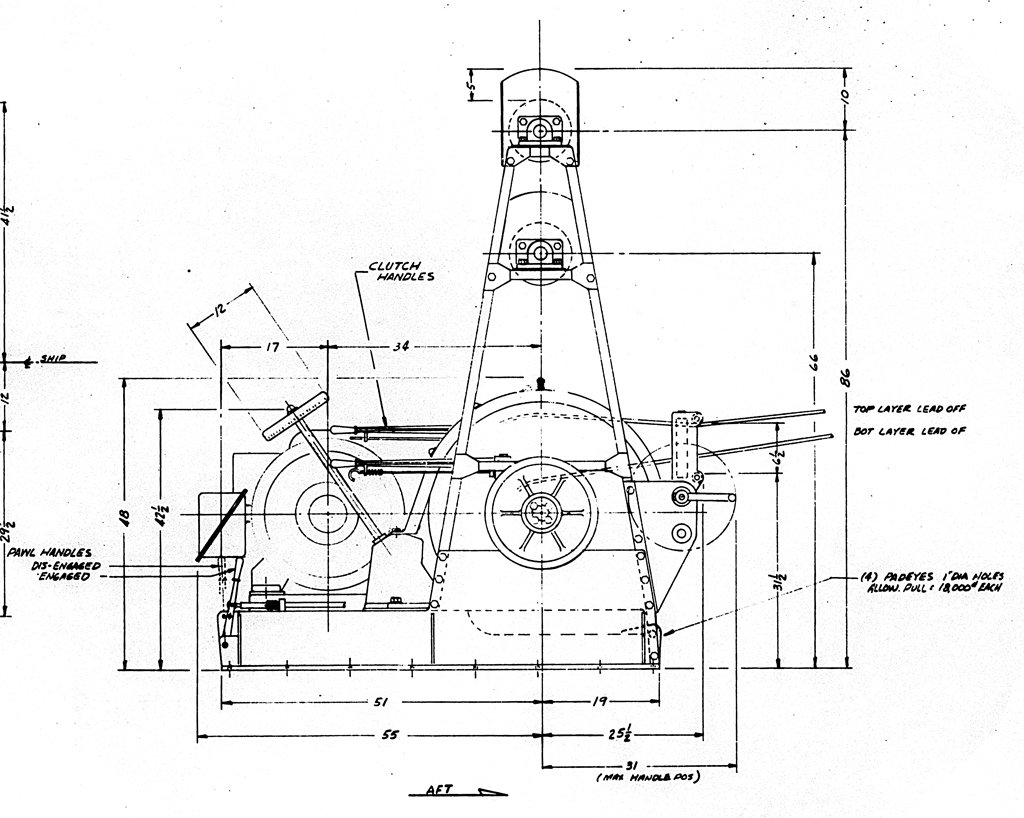
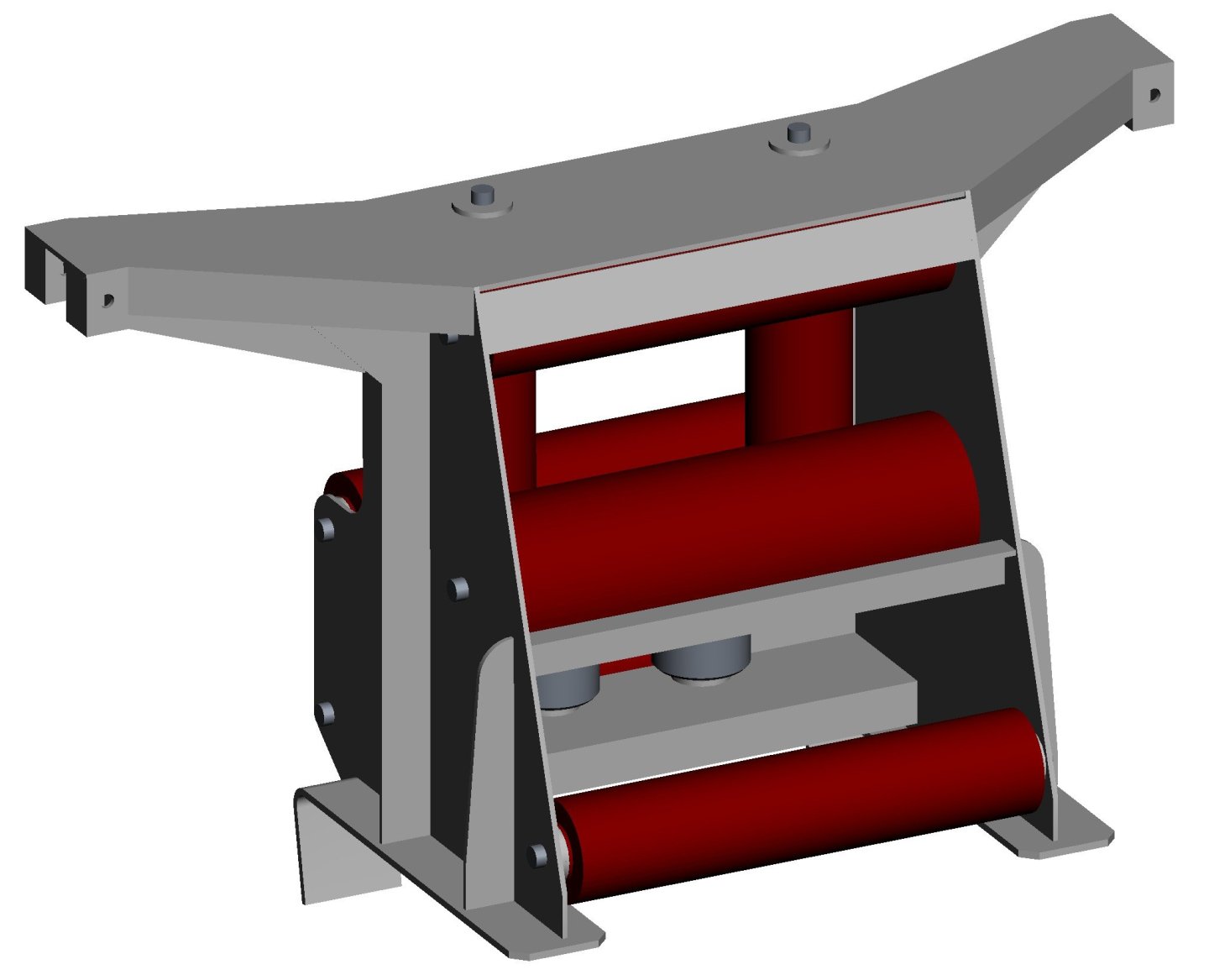
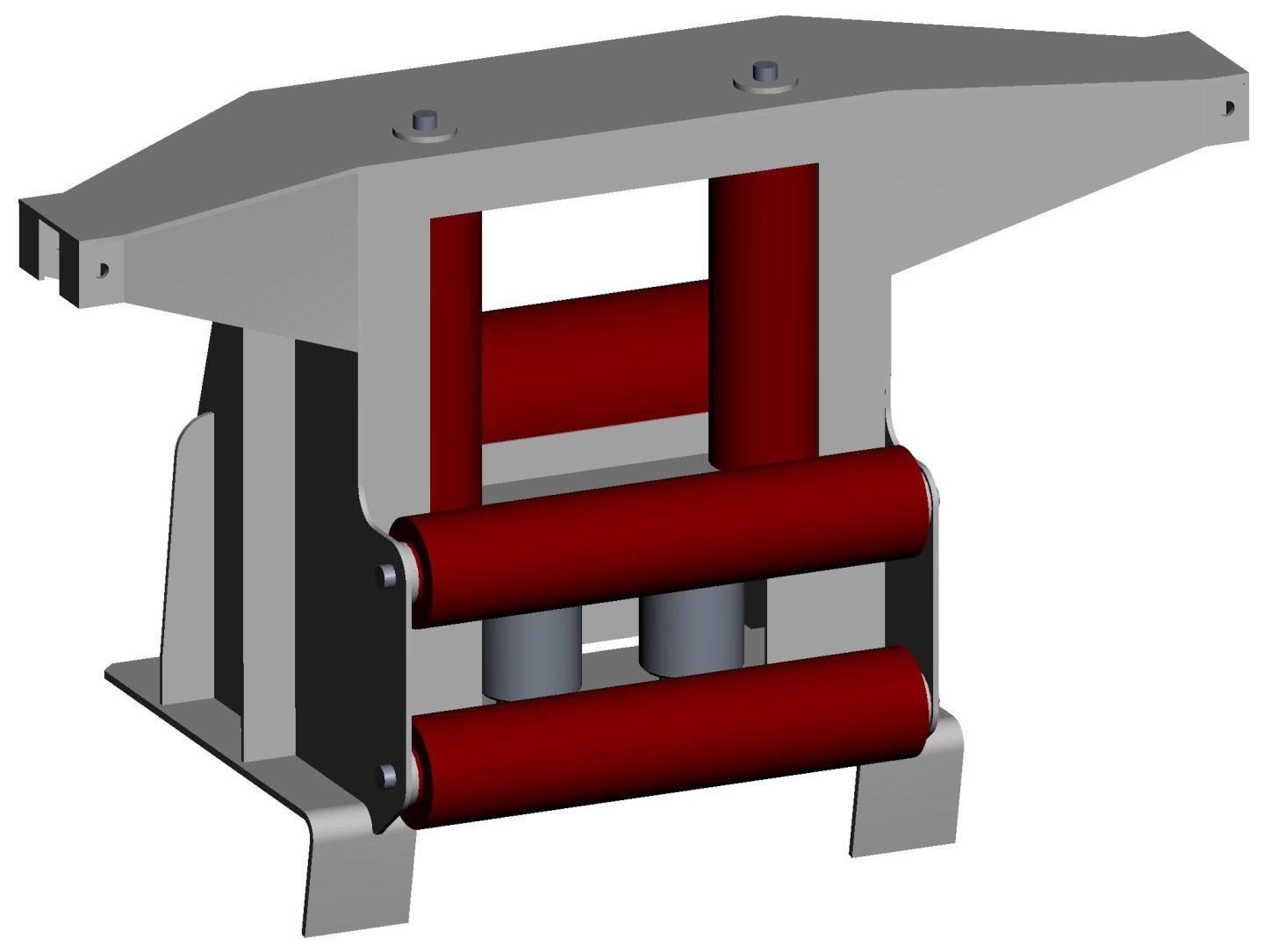
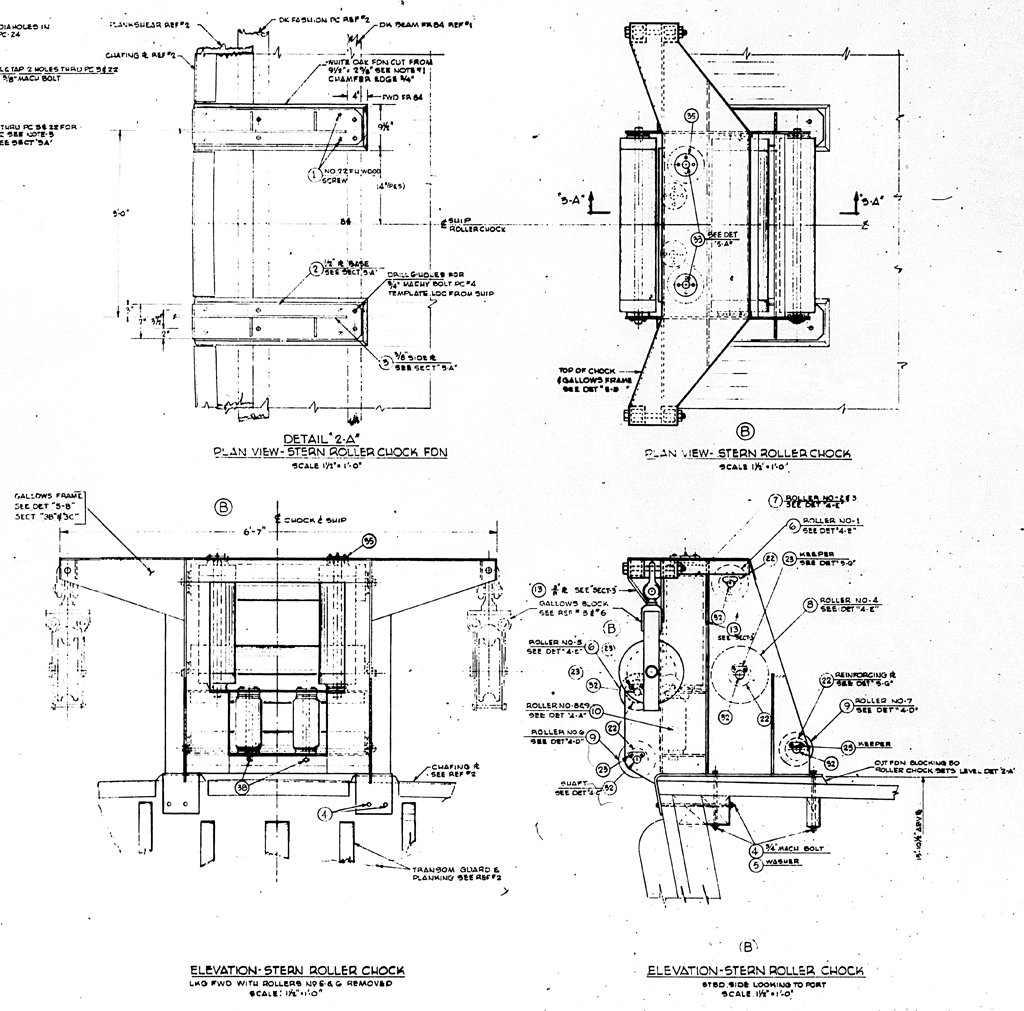



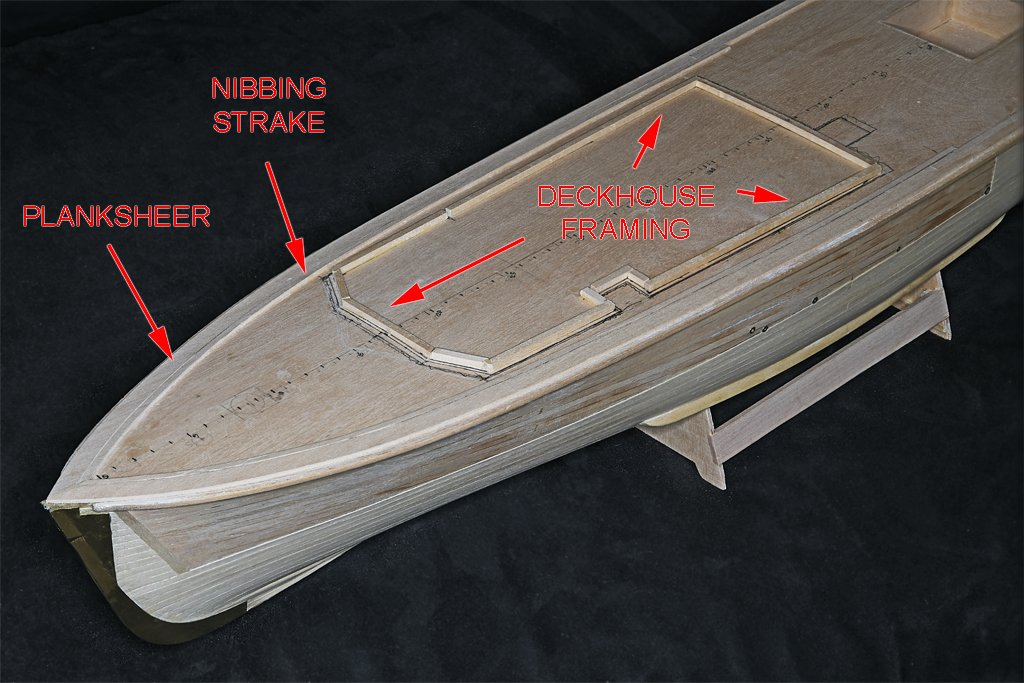
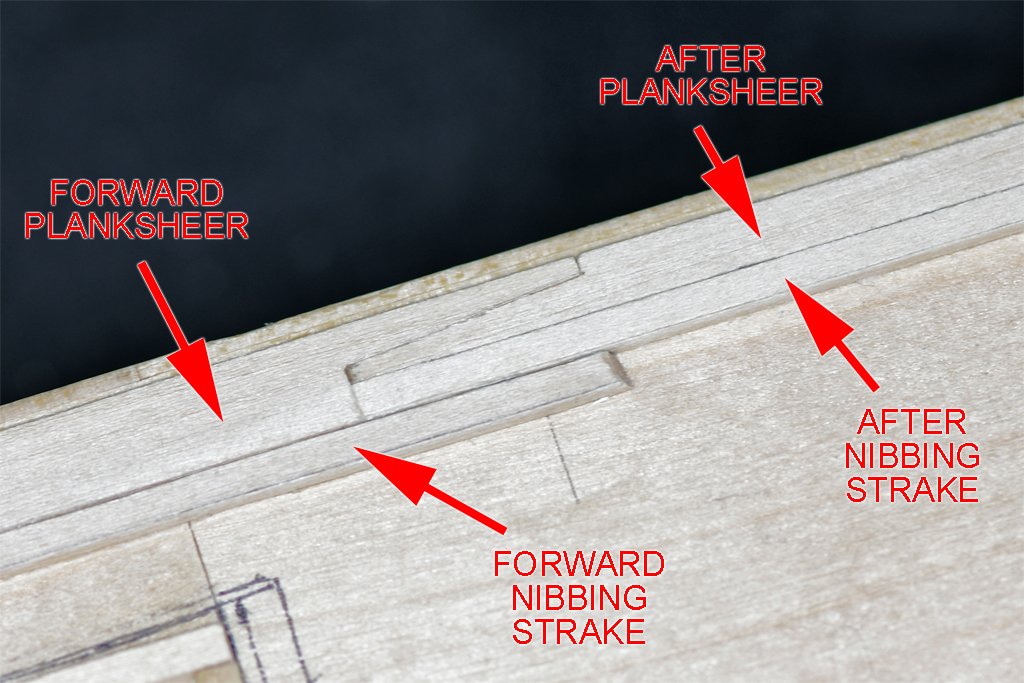
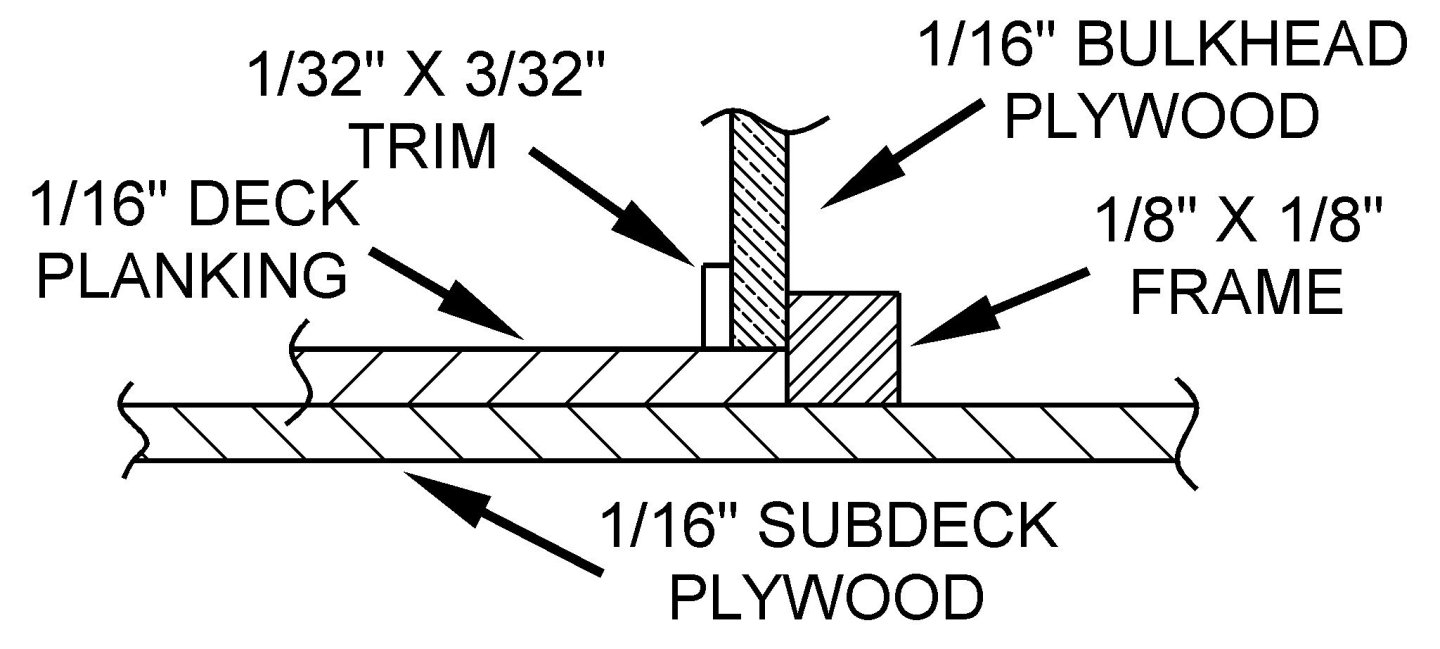
.jpg.62a782a0b520d2e0098ebd470b7f3939.jpg)
